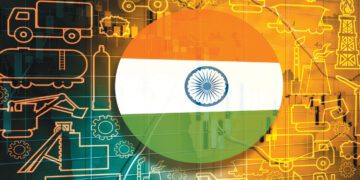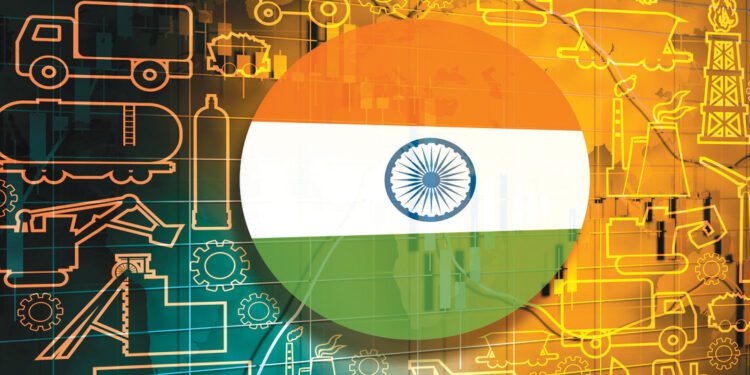
NEW DELHI: Noting that the effect of Russia-Ukraine war and efforts of central banks to curb inflation would have global impact, the World Bank has revised the estimated growth rate for Indian economy for the fiscal year 2022-23 to 6.5 per cent, down from the 7.5 per cent projected in June 2022. Last fiscal, the Indian economy grew by 8.7 per cent.
The Work Bank, however, noted that Indian economy is doing better than most in the world. “Private investment growth is likely to be dampened by heightened uncertainty and higher financing costs,” it said in its biannual South Asia Economic Focus. There is a silver lining, according to Hans Timmer, World Bank Chief Economist for South Asia. “The Indian economy has done well compared to the other countries in South Asia, with relatively strong growth performance… bounced back from the sharp contraction during the first phase of Covid-19,” he said.
Hans Timmer World Bank Chief Economist for South Asia
And the World Bank chief is not alone in his optimism, Pollyanna De Lima, Economics Associate Director at S&P Global Market Intelligence, is of the view that the cornerstone of Indian resilience story is services sector, in particular service exports. “The Indian service sector has overcome many adversities in recent months, with the latest PMI (Purchasing Managers’ Index) data continuing to show a strong performance despite some loss of growth momentum in September,” she said.
Meanwhile, the Russia-Ukraine war has crippled an already battered global supply chain. In response, the US Federal Reserve’s aggressive rate hikes over recent months have broken the back of most of the emerging and developed market currencies; rupee being no exception. A stronger dollar leads to more expensive imports which results into depleting foreign exchange reserves. More than half of India’s imports are commodities including food and fuel. As a result, higher commodity prices have a strong impact on domestic prices via imports.
According to the United Nations Conference on Trade and Development (UNCTAD), the Central Government’s ambitious Production-Linked Incentive Scheme is successful in facilitating private investments but there are limits to what it can do in such difficult times. “PLI introduced by the Government is incentivising corporate investment, but rising import bills for fossil energy are deepening the trade deficit and eroding the import coverage capacity of foreign exchange reserves.” it explained in the Trade and Development Report 2022.
It is worth nothing that last month, while taking stock of the geopolitical tensions and sharp monetary policy tightening around the world, the Reserve Bank of India (RBI) had also adjusted its economic growth projection for the current fiscal to 7 pc from the 7.2 pc estimated earlier. India’s annual retail inflation rate accelerated to 7 pc in August, driven by a surge in food prices, and has stayed above the RBI’s mandated 2-6 pc target band for eight consecutive months














 G20 podium
G20 podium

